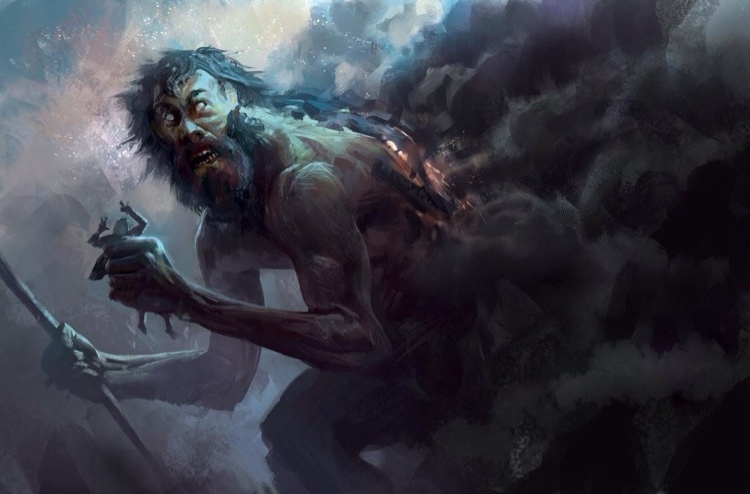RUDRASENA FOUNDATION
MAHASHIVARATHRI CELEBRATION 2014
All these legends signify that this day is the favourite day of Lord Shiva and also throw light on the greatness of GOD Shiva and his supremacy over all other Hindu Gods and Goddesses.

According to another legend of Samudra manthan, Shiva saved the world from the disastrous effects of a poison that emerged as a by product of churning of sea (Samudra manthan), by consuming whole of it. Shiva could arrest the poison in his throat by his Yogic powers and it could not go down his body. His neck turned blue due to effect of poison on his throat and henceforth he is also called as Neela Kantha or The blue Throated.
Very early morning, Shiva temples are flocked by devotees, young and old, who come to perform the traditional Shivalinga worship (puja) and hence hope for favours from the God. Devotees bathe at sunrise, preferably in the Ganga, or any other holy water source (like the Shiv Sagartank at Khajurao). This is a rite of purification, which is an important part of all Hindu festivals. Wearing clean clothing after the holy bath, worshippers carry pots of water to the temple to bathe the Shivalinga. Women and men both offer prayers to the sun, Vishnu and Shiva. The temple reverberates with the sound of bells and shouts of “Shankerji ki Jai” meaning 'Hail Shiva'. Devotees circulate the lingam three or seven times, and then pour water over it. Some also pour milk over it.
According to the Shiva Purana, the Mahashivaratri worship must incorporate six items:
Bathing the Shiva Linga with water, milk and honey. Wood, apple or bel leaves are added to, which represents purification of the soul;
Vermilion paste is applied to the Shiva Linga after bathing it. This represents virtue;
Offering of fruits, which is conducive to longevity and gratification of desires;
Burning incense, yielding wealth;
The lighting of the lamp which is conducive to the attainment of knowledge;
And betel leaves marking satisfaction with worldly pleasures.
Tripundra refers to the three horizontal stripes of holy ash applied to the forehead by worshipers of Lord Shiva. These stripes symbolise spiritual knowledge, purity and penance (spiritual practice of Yoga). They also represent the three eyes of Lord Shiva.
Wearing a mala (rosary) made from the rudraksha seeds of the rudraksha tree (said to have sprung from the tears of Lord Shiva) when worshiping Lord Shiva is ideal. A rudraksha seed is mahogany-like color, or could sometimes be black. They might also have traces of sacred sandalwood powder, turmeric, kumkum, or holy ash if the rosary is used in worship ceremonies or annointations.























Comments
Post a Comment